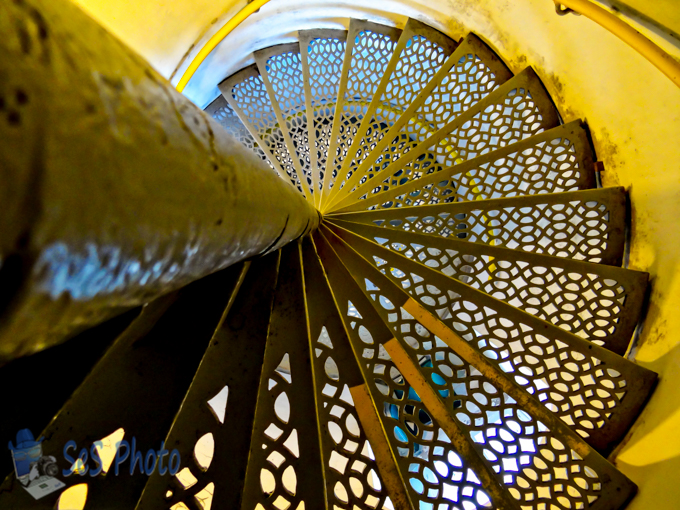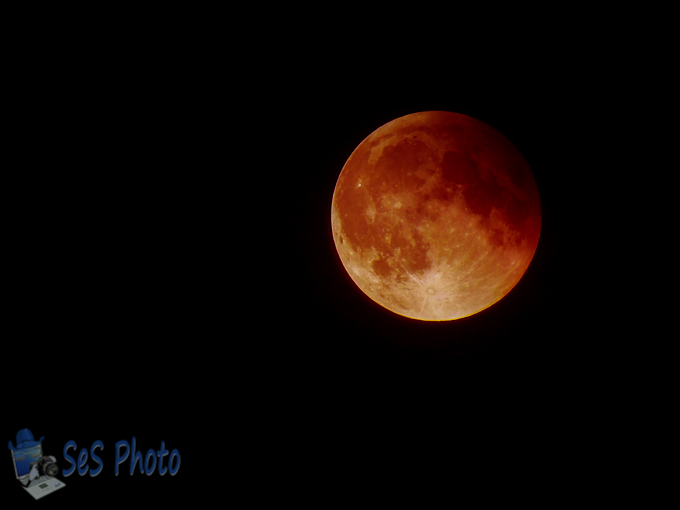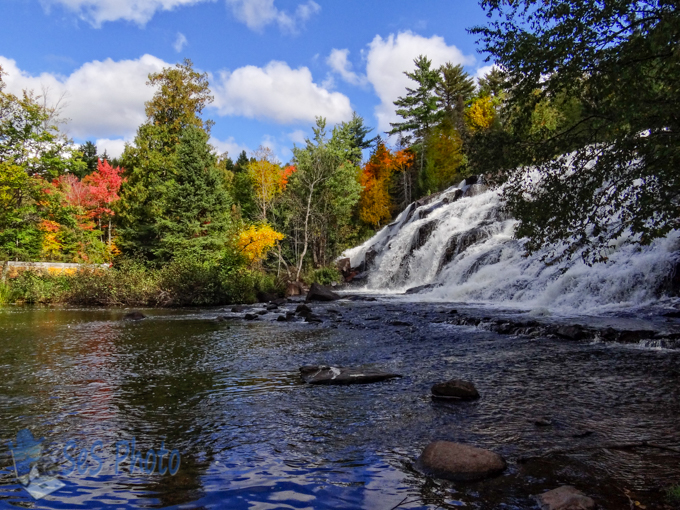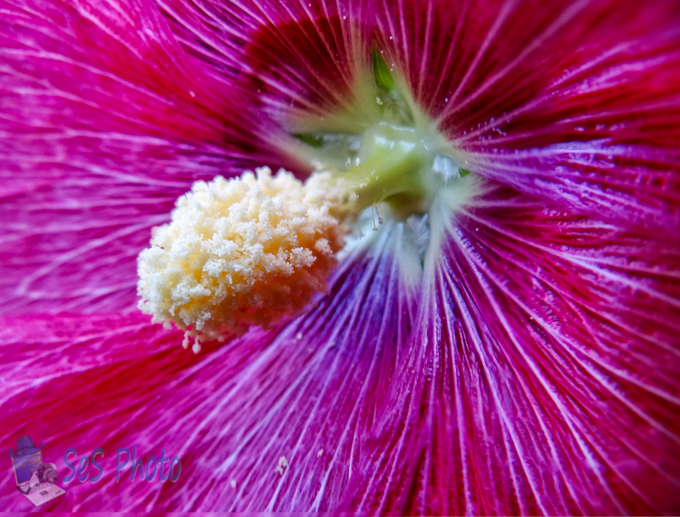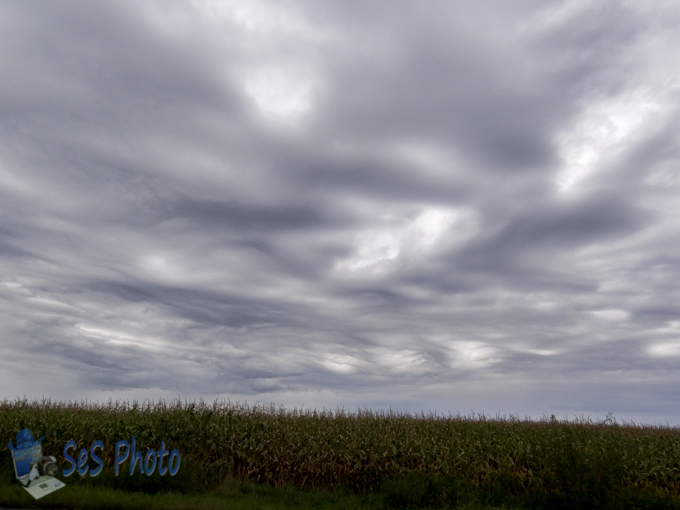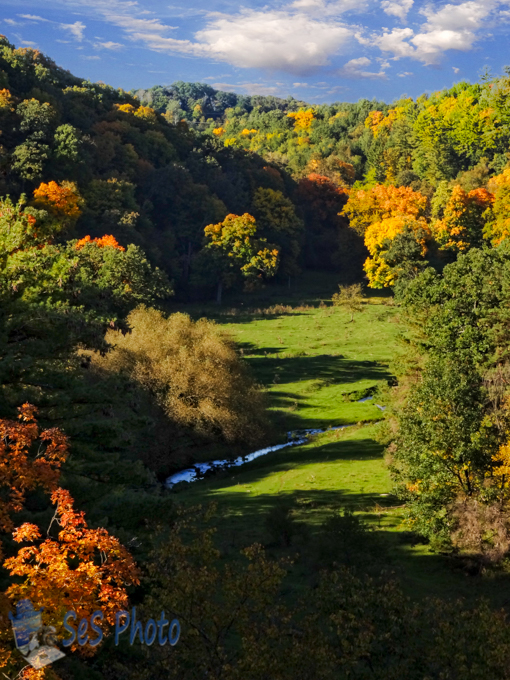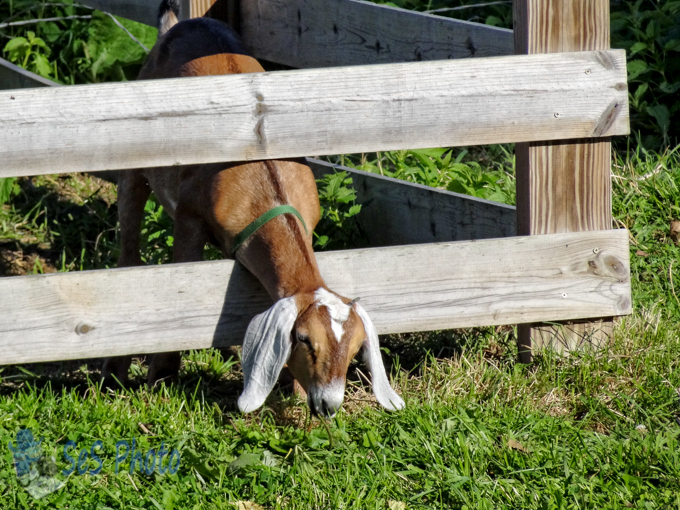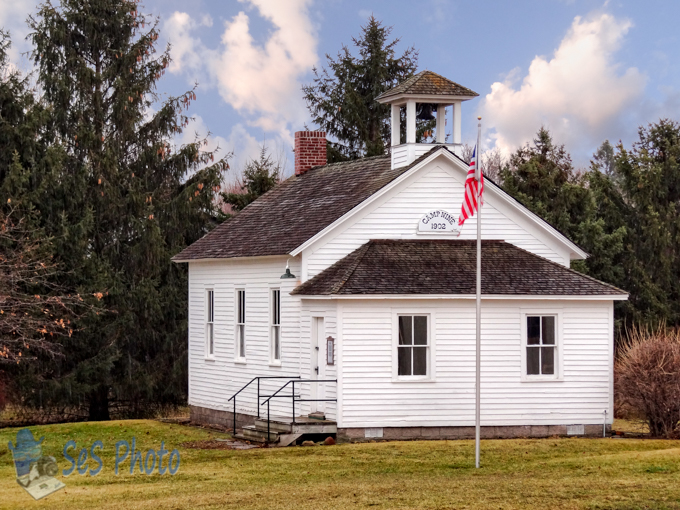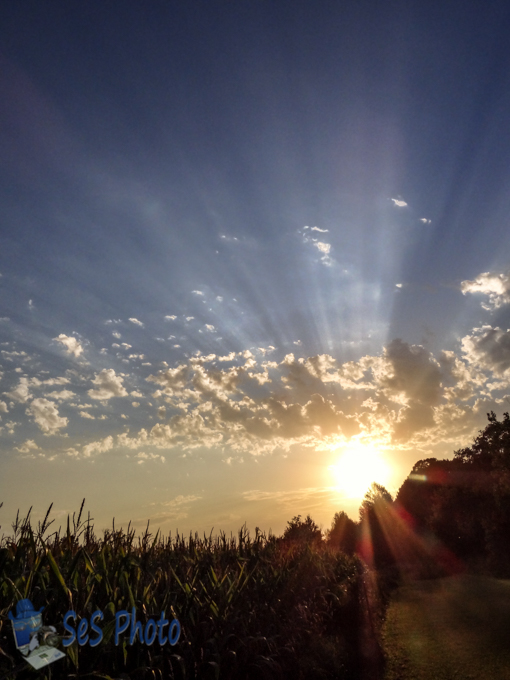A white wall of dolomite rises some hundred and fifty feet on the eastern side of Snail Shell Harbor in the Big Bay de Noc. The dolomite, a very hard form of limestone, is part of the Niagara Escarpment which runs predominantly east/west from New York State, through Ontario, Michigan, Wisconsin and Illinois.
At the harbor, a pig-iron smelting facility operated between 1867 and 1891, where the dolomite was added to the melting ore. The calcium in the dolomite bonded to the silicate impurities in the ore and the slag, the byproduct of this reaction floated to the top of the molten ore and was skimmed off. The wooden pilings are all that remain from the large docks where the pig iron bars were shipped out.
Dolomite Cliff in Snail Shell Harbor



